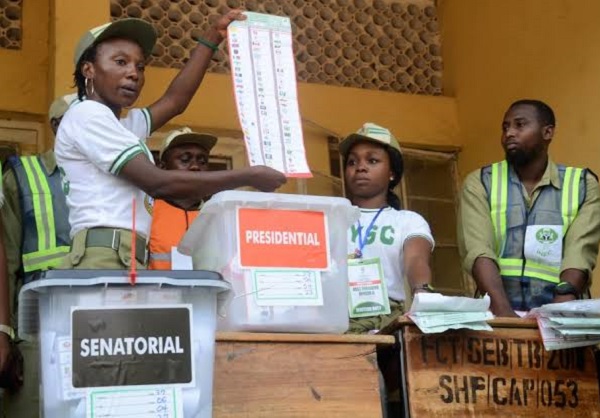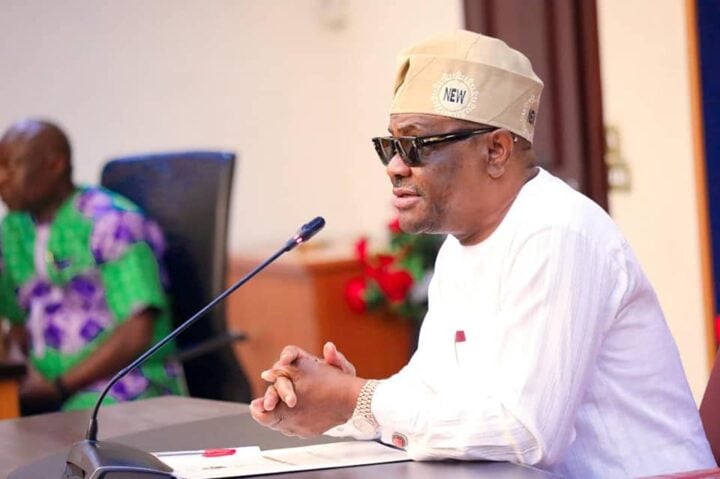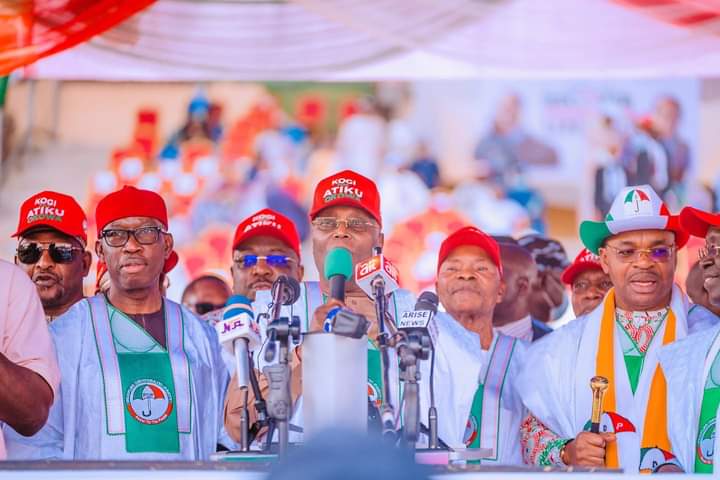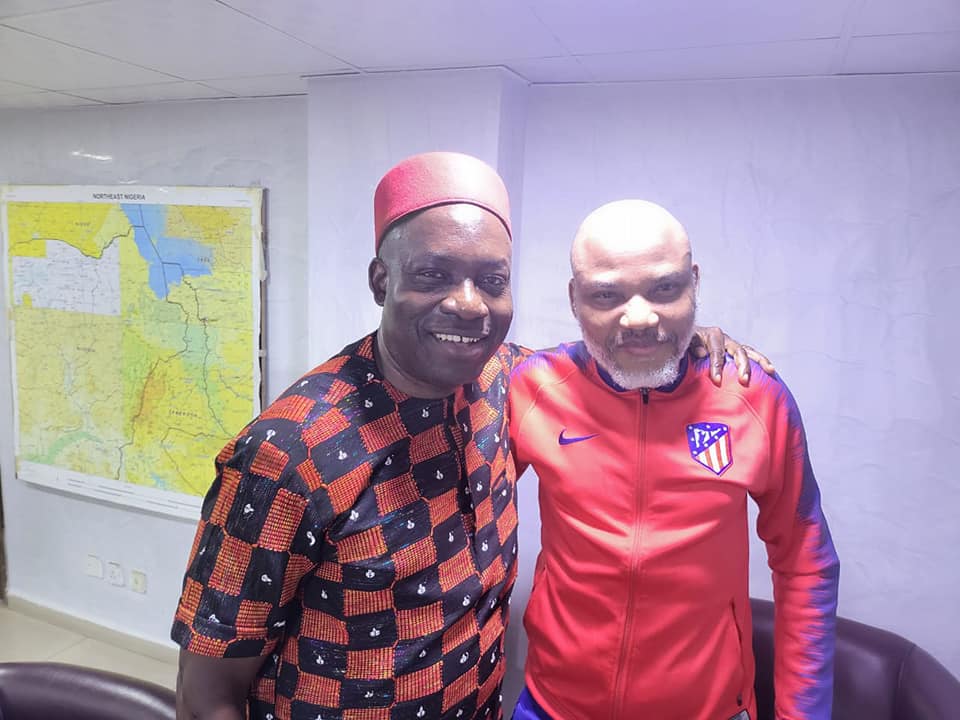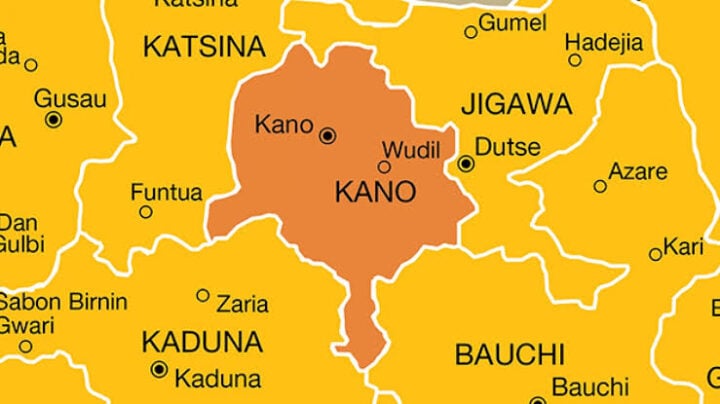You're no politician... be neutral as ad-hoc staff in 2023 elections, NYSC warns corps members
With less than 45 days to the general election, the internet has been awash with viral claims targeted at misinforming the public. The sole aim of these claims is simple — sway unsuspecting persons to a false narrative. As evident from the engagements on these kinds of reports, the tactics have been somehow successful.
The ability of social media to spread and amplify fake news has made the threat to democracy even worse. And with digital news platforms dominating the media space, it’s increasingly arduous to distinguish between real and fake news.
In order to help you better consume information on social media, TheCable has put together five tips to identify beautifully-worded, stunningly-crafted misinformation as the election approaches.
1. WHAT DOES INEC SAY?
Advertisement

As far as elections are concerned in Nigeria, only one body presides over the electoral process — the Independent National Electoral Commission (INEC).
This means information revolving around voting, permanent voter cards (PVC), and election results that do not conform with what INEC has put out are likely false. In that regard, the commission has listed regulations and guidelines covering accreditation, voting procedures, and the collation/return of election results.
Interestingly, there are also laws that protect the electoral process from being marred. TheCable had earlier published an explainer HERE. So, when you see a post on the election, simply ask yourself — what does INEC say?
Advertisement
2. GO AND VERIFY!
The truth is that if claims in the headline sound unbelievable, they probably are. With an increasing amount of social media influencers and “citizen journalists”, there is only so much fact-checkers can do. Basic knowledge of information verification will protect you against false and misleading information ahead of the elections, and of course in the future.
Simple steps like looking closely at the news sites’ links, comparing the information to established sources, objectively looking out for biased tones in the report, frequent misspellings or awkward layouts, incorrect dates, and lack of evidence or reliance on unnamed experts may all indicate a false news story. As such, be on the lookout.
3. USE TECHNOLOGY, THIS IS NOT THE STONE AGE. PLEASE.
Advertisement
Now, listen. We say this because a lot of hard work is going on behind the scene. While credible journalists are amping up efforts to provide authentic information, misinformation merchants are doubling strategies to match up to the standard of “credible” sources.
Basic information verification is necessary, yes, but think of technology like a two-factor authentication of protecting yourself. Manipulated images and videos will flood the internet and will be taken out of context to portray the opposition in a bad light. The game is the game.
An example of this was when Nasir el-Rufai, governor of Kaduna state, was said to have asked Bola Tinubu, the presidential flagbearer of the ruling party, to withdraw his presidential ambition owing to old age. With the aid of InVID video verification tool, the video footage was traced to a 56-minute Facebook Live broadcast where the governor responded to questions from journalists.
He was asked to clarify rumours suggesting that he would contest for Kaduna central senatorial seat and he responded by saying that he wasn’t interested in any position as he is 62 years old and becoming weak. El-Rufai was referring to his personal retirement plans and not Tinubu’s presidential ambition.
Advertisement
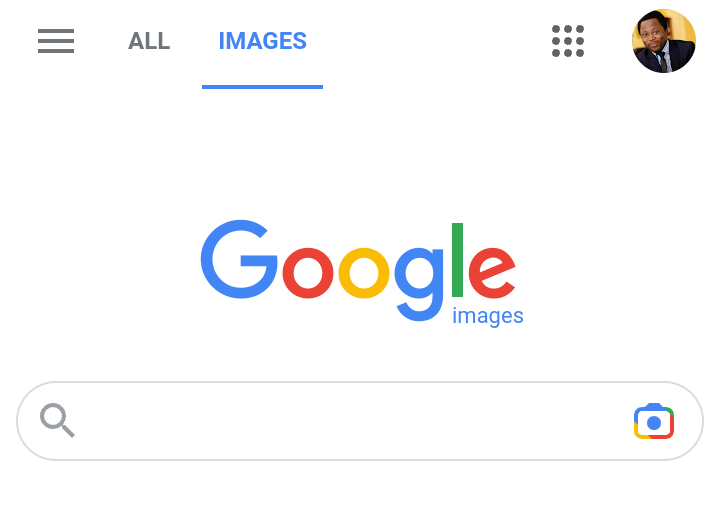
This was one of several instances where visuals were weaponised to drive misinformation. When you are sceptical about image authenticity, a Google Reverse Image Search can help to check the source or earlier versions of the image. If it has been uploaded online before, it would help you to know its actual context.
Advertisement
InVid fake news debunker can also help you to break videos into frames and subject them to reverse image searches to understand the original context of it.
4. ‘I DON’T WANT TECHNOLOGY, POINT ME TO AUTHENTIC SOURCES’
Advertisement
Let’s face it, technology can be a bit handy for some people. We understand. In cases where you choose to refer to news sources, we recommend that you source data from the official websites or verified social media platforms of INEC or credible media organisations with a track record of accurate reporting. Ensure that the story is written by a source that you trust and with a reputation for accuracy. If the story comes from an unfamiliar organisation, check their “About” section to learn more.
Sometimes, a trusted source can unintentionally misinform. In this instance, a key attribute to look out for is if the news site has a habit of updating the information to suit the correct narrative or putting out a disclaimer to take responsibility for the false news. Remember, true journalism has integrity.
Advertisement
5. IS IT A PARODY ACCOUNT?
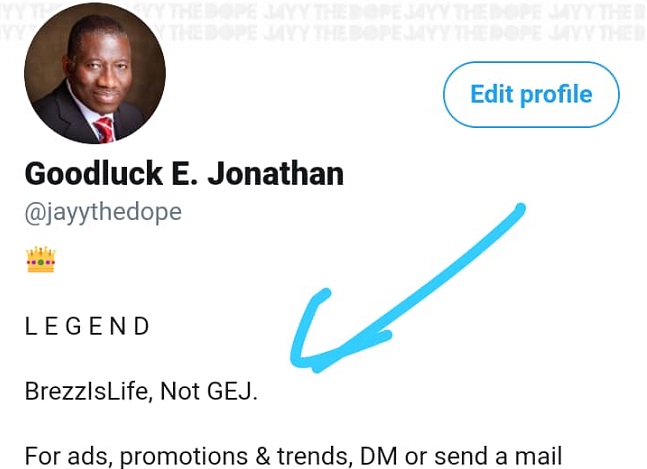
Most times, “authentic” sources are fake. When certain kinds of stories come from sources such as political or public figures, other than news sites, they can be hard to distinguish from humour or satire. Accounts that spur these kinds of stories are referred to as parody accounts.
A parody account is one that is used to depict another person, group, or organisation to discuss, satirise, or share information about that entity. But not many people know this, evident from the large number of followers who consume information from this account without cross-checking the origin. Most times, these parody accounts indicate that they are false accounts, but even their label of warning goes unnoticed.
An example of a parody account is this Twitter account claiming to belong to Ibrahim Babangida, former military president of Nigeria. In the bio, it is clearly indicated that it is a parody. However, a tweet from the user claiming to support former President Olusegun Obasanjo’s endorsement of Peter Obi, presidential candidate of the Labour Party, elicited reactions from Nigerians. Many media houses even reported Babangida’s alleged approval despite coming from a clearly stated fake account.
A simple but extremely effective tip is checking the user’s profile and going through their social media to understand what the user has a knack for sharing.
People deserve the benefit of the doubt but not when it comes to information. While we understand that fighting disinformation does not happen in a day, we know that it takes a collective effort to disarm propagandists. Don’t believe everything you read on the internet just because it has a picture and a quote to it. Make your votes count.
Add a comment
